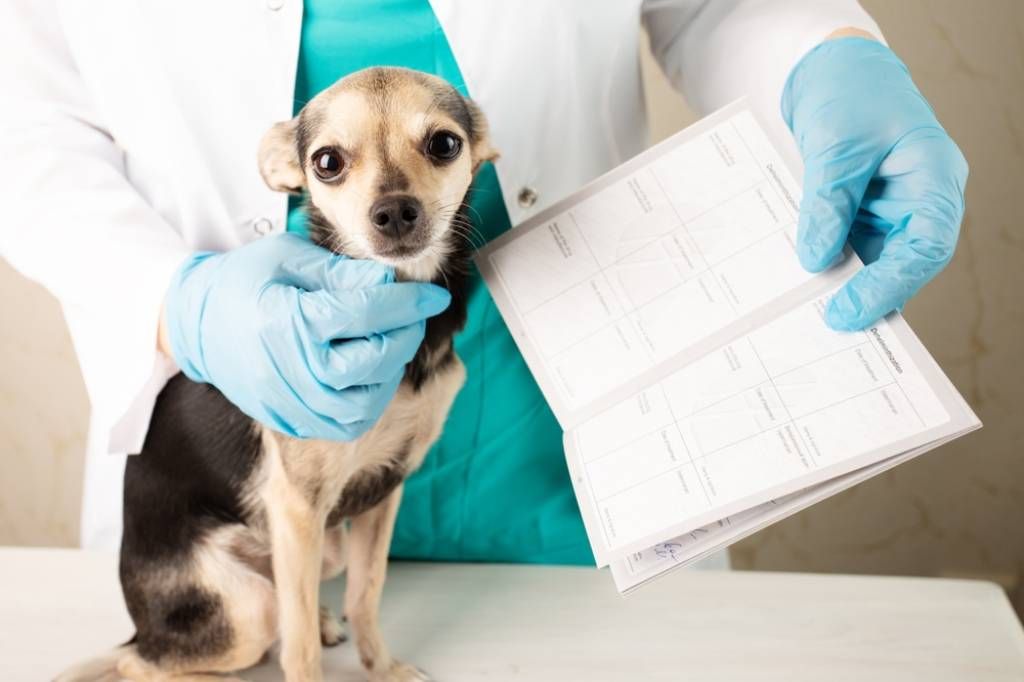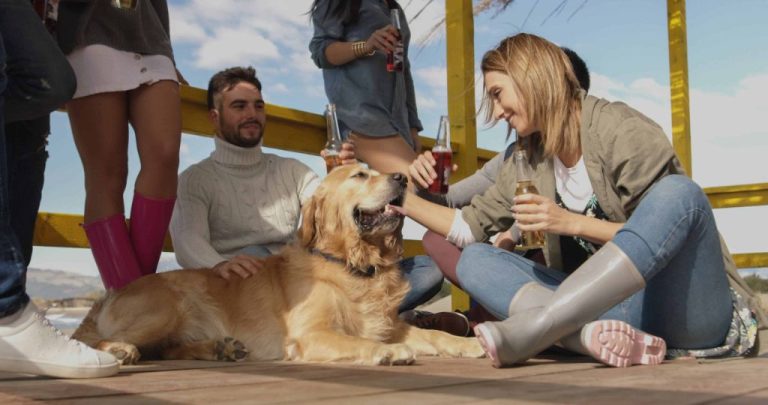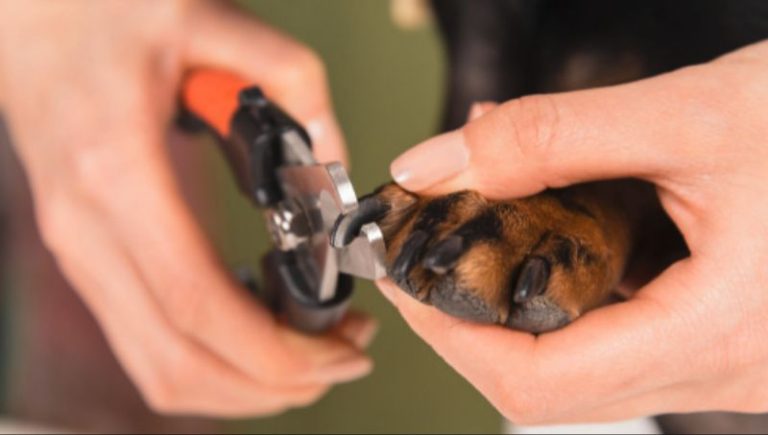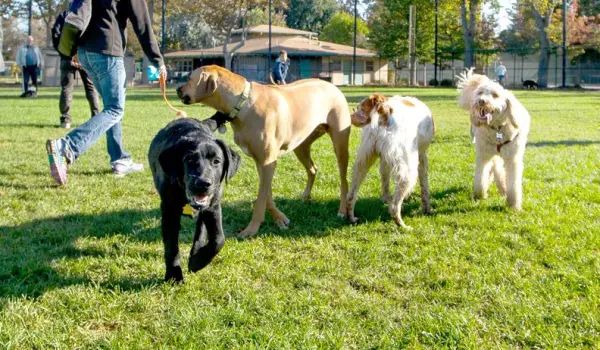The Beginner’S Guide To Traveling With Your Dog: Tips And Tricks
Deciding If Your Dog Is Ready for Travel
Before embarking on any trip with your dog, it’s important to honestly assess your pet’s temperament, behavior, training, and socialization. The USDA recommends ensuring your dog is well-behaved and not aggressive or easily stressed 1. Consider your dog’s typical reactions to new people, places, noises, and situations. Anxious or reactive dogs may find travel overly stressful. Additionally, the AVMA notes that some pets simply cannot handle travel due to illness, injury, age, or temperament2.
Make sure your dog responds reliably to basic obedience commands before traveling. A dog with solid training will be able to handle new environments and stimuli much better. Socialization is also key – your dog should be comfortable around strangers and新 environments. Think about your intended destinations and whether your dog can happily adapt to those settings.
Lastly, assess your own travel plans and itinerary realistically. Will you be able to accommodate your dog’s needs on the road? Don’t push your dog beyond their capabilities just because you want a companion. Be honest about whether travel will be a positive experience for both of you.
Booking Dog-Friendly Accommodations
When booking accommodations for your dog, look for hotels that specifically market themselves as pet-friendly. According to NerdWallet, some of the most accommodating hotel brands for pets include Kimpton, Staybridge Suites, and Best Western [1]. These chains frequently waive pet fees and set no restrictions on size or breed.
Before booking, understand the hotel’s pet policy. Many charge a non-refundable sanitation fee ranging from $25-100 per stay. There may also be a cap on the number of pets in each room, as well as size and weight limits. Hotels typically require current vaccinations records and may ask for a pet deposit in case of damage.
Look at reviews from other pet owners when choosing accommodations. Sites like BringFido allow you to filter hotels based on their pet-friendliness ratings and read first-hand experiences from travelers. Highly rated hotels like Baron’s Cove in New York and L’Auberge de Sedona in Arizona are renowned for their pet amenities and ability to cater to dogs [2].
Preparing Your Dog’s Health Records
Before traveling anywhere with your dog, it’s crucial to get their health records in order. This includes having up-to-date vaccination certificates, contact info for your vet, medical history documents, microchip information, and proof of health insurance.
According to the CDC, dogs will need certain vaccinations like rabies before traveling internationally. You’ll also need a certificate of veterinary inspection from your vet to cross state lines or international borders (https://www.cdc.gov/importation/traveling-with-pets.html). Work with your vet to ensure your dog is fully vaccinated and has all necessary certificates for the destination you plan to travel to.
Your vet can also provide a summary of your dog’s medical history, including any previous illnesses, surgeries, allergies, or medications. Having this information on hand is useful in case your dog needs medical care while traveling.
Make sure your dog’s microchip information is up to date with your contact details. This will help identify your dog if they ever get lost while on a trip. You may also want to consider temporary ID tags with your destination address and phone number.
Finally, verify that your pet health insurance covers your dog outside of your home area. You may need to enroll in temporary travel insurance for the duration of your trip.

Packing Your Dog’s Gear
When traveling with your dog, packing the right gear will help keep your pooch safe, comfortable, and entertained on the road. Here are some essentials to include on your dog’s packing list:
Collar, Leash, and Harness
Pack your dog’s everyday collar or harness and leash. Bring an extra leash just in case. Choose an adjustable, lightweight travel leash that can be compactly packed. Reflective options are ideal for low light. Consider a double-ended leash for easier handoffs. A travel collar tag with your phone number is also a smart idea.
Crate or Carrier
Your dog will need a secure crate or carrier for car and air travel. Get one large enough for your dog to stand and turn around in. Soft-sided options work for car trips. Sturdy plastic kennels approved by your airline are required for flying. Affix a “Live Animal” sticker for visibility.
Bedding and Toys
Pack comfortable, familiar bedding with your dog’s scent to reduce stress. Bring compact toys like rope toys, puzzle toys, and chews for entertainment. Rotate toys to keep your dog engaged. Avoid toys with small, choking hazard parts.
Food and Bowls
Bring enough of your dog’s regular food for the duration of your trip. Store in an airtight container. Portable bowls, a collapsible water bottle, and poop bags are also essentials. If traveling by air, follow TSA requirements for carrying dog food and bowls.
Medication
Don’t forget any medications your dog takes regularly. Bring at least a week’s supply in your carry-on. Keep medication in original packaging with pharmaceutical labels for TSA. Ask your vet for a letter documenting your dog’s need if required.
Having the right gear will let you and your dog travel comfortably and safely. Focus on the essentials like restraints, containment, bedding, food/water, toys, and medication. Proper planning and packing is key to a smooth dog-friendly getaway.
Booking Pet-Friendly Transportation
When traveling with your dog, you’ll need to arrange pet-friendly transportation. For air travel, most major airlines like American Airlines, Delta, and United allow dogs to fly either as carry-on or checked baggage for an additional fee. Fees typically range from $95-200 each way depending on the airline and destination.
According to the U.S. Department of Transportation, dogs must be able to stand up, turn around and lie down safely in their crate or carrier (https://www.transportation.gov/airconsumer/plane-talk-traveling-animals). Carriers should be well-ventilated and sturdy. Airlines may restrict certain dog breeds or place size limits.
For road trips, safely secure your dog in a crate or carrier in your vehicle. Stop every few hours for bathroom and exercise breaks. Never leave your dog unattended in a hot car. For public transportation like trains, buses and rideshares, contact the provider about pet policies.
When booking pet-friendly transportation, confirm guidelines and fees in advance. Have required veterinary records and paperwork ready to go. Properly containing and securing your dog will keep them safe and comfortable during travel.
Keeping Your Dog Safe On the Go
When traveling with your dog, it’s important to take steps to ensure their safety throughout your trip. ID tags are essential in case your dog accidentally escapes or gets lost. Make sure their tag has your current contact information and phone number. Leashes are also crucial for controlling your dog and preventing them from darting off or getting into trouble. While dogs love running free, it’s best to keep them leashed when outside of enclosed areas. Never leave your dog alone loose in a hotel room, as they may panic, bark excessively, or have accidents.
It’s also wise to avoid having your dog approach or interact with unknown people or animals during travels, as you don’t know how they’ll react. Be alert and advocate for your dog if any questionable situations occur. With preparation and attentiveness, you can keep your dog safe and reduce risks while on the go. As the ASPCA advises, “Your pet’s travel-feeding schedule should start with a light meal three to four hours prior to departure, and avoid feeding in a moving vehicle” (https://www.aspca.org/pet-care/general-pet-care/travel-safety-tips).
Meeting Your Dog’s Needs on the Road
When traveling with your dog, it’s important to keep their routine as consistent as possible to avoid disruptions that can cause anxiety or other issues. Be sure to plan for your dog’s basic needs throughout your trip.
Potty Breaks
Dogs need regular opportunities to relieve themselves, so build in potty breaks every 4-6 hours. Try to stop at dog-friendly rest areas with grassy areas. Bring wee-wee pads, bags and cleaning supplies in case you get stuck in the car for longer periods. Pay attention to your dog’s signals that they need to go out.
Feeding Schedule
Bring your dog’s regular food and stick to their normal feeding times as much as possible. Feed about an hour before departing to prevent car sickness. Bring collapsible bowls and bottled water. If traveling by plane, follow airline guidelines for transporting and feeding during the flight.
Exercise and Play Time
Dogs need exercise and mental stimulation. Plan for at least 20-30 minutes of vigorous exercise 1-2 times per day. Take toys and play games during breaks. Consider dog-friendly hiking trails, beaches, parks and other outdoor activities you can enjoy together.
Down Time and Sleep
Make sure your dog gets adequate rest. Have comfy bedding and quiet time in the hotel. Try to stick to normal nap times and bedtime. Use a crate or carrier if it helps your dog settle. Keep nights calm with gentle walks before bed.
Dog-Friendly Travel Activities
Taking your dog along for the adventure opens up lots of fun activities you can enjoy together on the road. Look for dog-friendly opportunities at your destination like hiking trails, dog parks, pet events and meetups, and dog-friendly attractions. Some ideas:
Check websites like BringFido to find dog parks and hiking trails near your destination, like off-leash parks and trails where your dog can run free. Take your dog on scenic hikes on trails rated for all levels from beginner to advanced. Going on hikes is a great way to get exercise together and explore nature.
Look for pet events like dog-friendly 5ks or fun runs, or specialized meetups like hiking clubs or dog sport groups. Attending a group event is a nice way to bond with other pet lovers.
Many attractions like wineries, stores, and restaurants, especially in more dog-friendly towns, allow leashed dogs. Look for museums, outdoor malls, breweries and cafes that welcome pets. It’s fun to bring your dog along on a tour or while shopping.
If your dog loves the water, look for dog beaches and lakes open for swimming. Just be sure to bring fresh water for rinsing off.
No matter the activity, always make sure your dog stays safe. Carry water, collapsable bowls, spare leashes/collars, first aid supplies, towels and cleanup bags. Only hike appropriate trails and keep your dog leashed when required. Show good etiquette and follow rules at each location that allows dogs.
Handling Challenges
Traveling with your dog can come with some challenges like motion sickness, separation anxiety, and excessive barking. Here are some tips for handling these common issues:
For motion sickness, there are a few natural remedies you can try. Ginger is known for its anti-nausea effects and can be given in powder form mixed with food. CBD oil is another option that may help calm nausea. You can also ask your vet about over-the-counter medications made specifically for dogs with motion sickness like Cerenia.
To ease separation anxiety, bring along your dog’s favorite toys or blankets that smell like home. Consider using an adaptil collar or spray, which helps release calming pheromones. You may also want to try an over-the-counter supplement like Zylkene or Anxitane to reduce stress. Start with short car trips before longer ones to get your dog used to the travel routine.
To curb excessive barking, make sure your dog is comfortable in their crate or seat restraint. Provide distraction with chew toys and stop to take frequent exercise breaks. Use calming treats sprays to help them relax. As a last resort, talk to your vet about anti-anxiety medication if the barking doesn’t resolve.
The key is planning ahead to anticipate challenges. Having patience and stopping to care for your dog’s needs will help make travel less stressful for both of you. The more positive experiences your dog has in the car, the easier future travels will be.
Enjoying the Experience
One of the greatest benefits of traveling with your dog is simply enjoying the trip and making new memories together. Exploring new places and having adventures is an incredibly fun bonding experience for both you and your pet. Your dog will love exploring sights and smells in new environments and getting your undivided attention throughout the trip. Capturing this special time with photos and videos will help you cherish the memories for years to come.
It’s also important to reward your dog’s good behavior during the trip so they associate travel with positive experiences. Give them plenty of praise, petting and healthy treats when they do well in the car, at a hotel, or out in public. This will reinforce good manners and help both of you fully enjoy your travels without anxiety or problems. With the right preparation and mindset, a trip with your dog can be relaxing, rewarding and unforgettable in all the best ways.
According to research from You Did What With Your Wiener, “Seeing your dog’s eyes light up when they get out of the car will remind you that having to change plans and stay flexible is ok.” https://youdidwhatwithyourweiner.com/10-surprising-benefits-of-traveling-with-your-dog/






